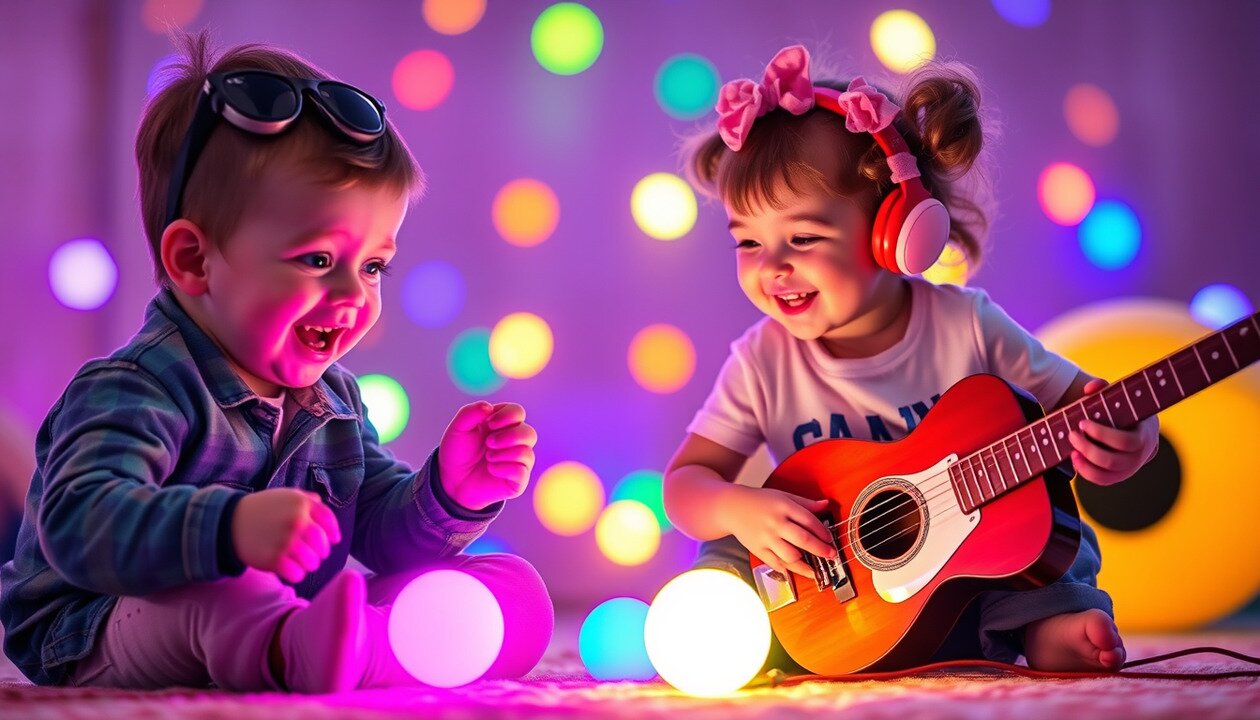
D — Dance-Learning
Moving the Body Activates the Brain in Ways Sitting Never Can.
Physical motion stimulates memory, focus, and motor coordination. When toddlers move to music, learning becomes whole-brain and full-body. Energy becomes attention — and movement becomes mastery.
Learning Doesn’t Begin in the Head — It Begins in the Body
Before a child can read, write, or calculate, they must move. Crawling, jumping, spinning, and dancing are not just play — they are the neurological groundwork for memory, sequencing, coordination, and focus. Movement is learning. And music gives that movement purpose.
Music + Motion = Full-Brain Activation
When toddlers dance to rhythm, their motor cortex, cerebellum, prefrontal cortex, and auditory centers fire simultaneously.
This full-brain engagement builds:
Spatial awareness
Timing and sequencing skills
Motor planning and coordination
Emotional regulation through physical expression
Unlike sitting still, dance makes the brain practice integration — the core of lifelong learning and performance.
From Wiggles to Wisdom
Kids who move while learning retain more. Why? Because physical engagement creates muscle memory and multisensory connections.
They don’t just hear a word — they feel it. They don’t just understand a pattern — they embody it. The result is stronger recall, deeper understanding, and longer attention.
Why Sitting Still Is the Enemy of Early Learning
Traditional education too often assumes that stillness equals focus. But for toddlers, stillness equals stagnation. A developing brain craves motion.
Sitting too long at an early age is linked to:
Delayed speech
Reduced coordination
Lower working memory
Behavioral frustration and resistance
Kids First Class flips this model. We don’t ask kids to sit still — we give them something worth dancing to.
The Kids First Class Difference: Move to Master
Our method choreographs learning. Each song, game, and video includes intentional physical cues — jumps, claps, spins, stomps — that lock in vocabulary, rhythm, and emotional expression.
Children learn with their whole body, and that body remembers what worksheets never could.